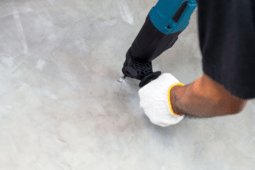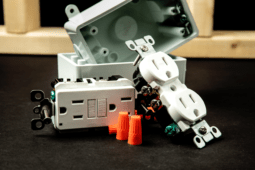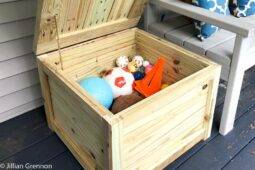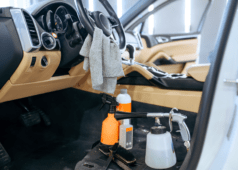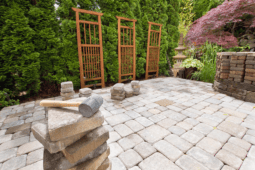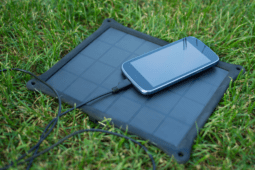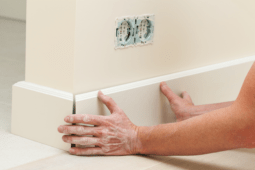From Van to Home: DIY Woodworking for Camper Interiors
The art of woodworking is at the heart of any great camper van conversion. With the right skills and tools, you can transform a bare metal shell into a cozy home on wheels, perfectly tailored to your needs and style. While pre-made components are available, nothing beats the satisfaction and customization of crafting your own interior. This guide will walk you through the process of planning, building, and finishing beautiful wood elements for your DIY camper van.
Start your next woodworking adventure with TedsWoodworking! Dive into 16,000+ projects and bring your ideas to life. Build unique furniture and master new skills with Ted’s detailed, step-by-step plans guiding you every step of the way.
Planning Your Camper Van Interior Layout
Before picking up any tools, it’s crucial to have a solid plan for your van’s interior. Start by taking detailed measurements of your vehicle’s interior, accounting for any curves or protrusions. Use graph paper or design software to create a to-scale floor plan. Consider your lifestyle and needs—do you need a large bed, a workspace, or ample storage? Sketch out different layout options, keeping in mind the flow of movement and functionality of the space.
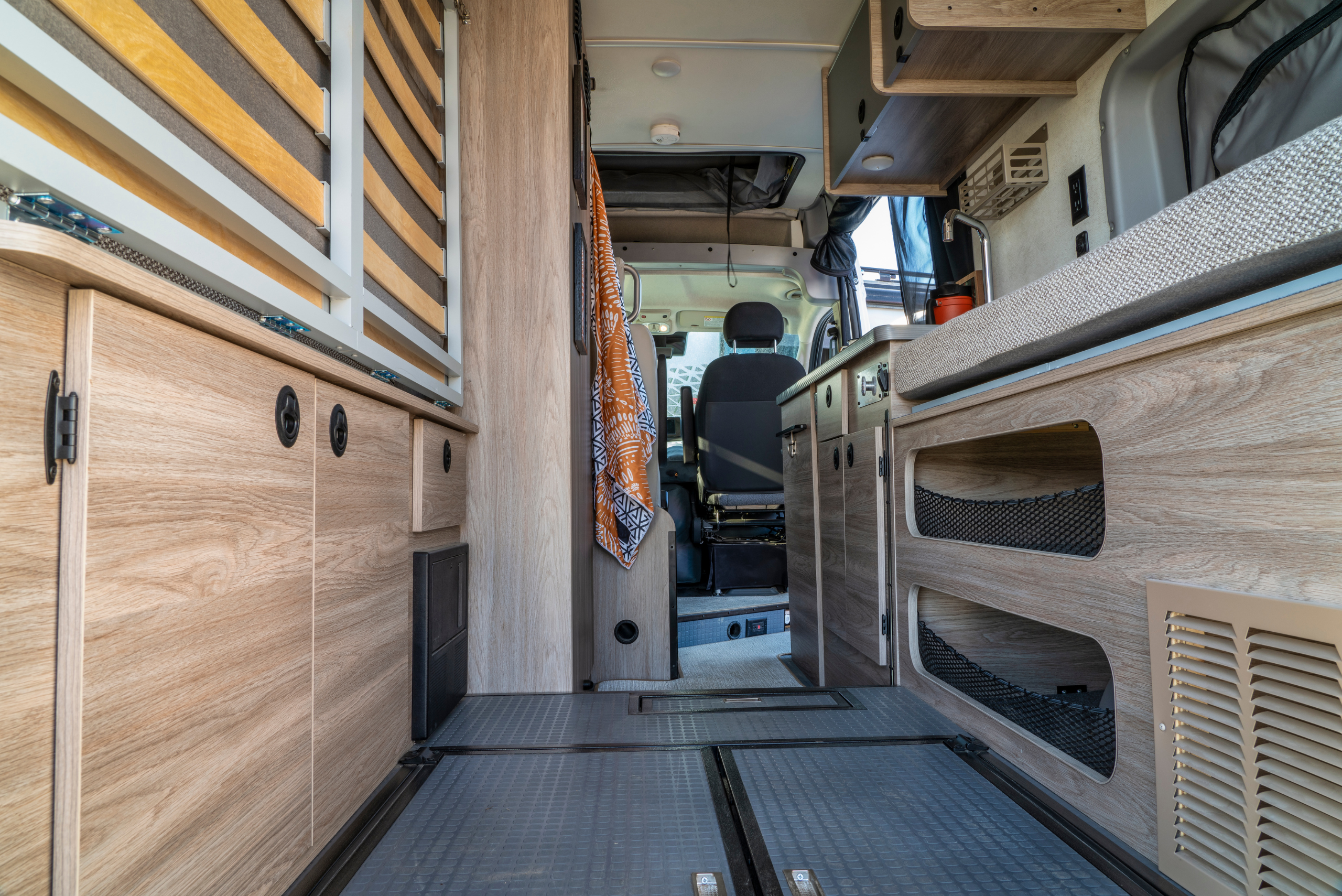
Once you have a general layout, make a list of the furniture and built-in elements you’ll need to construct. This might include a bed frame, seating, cabinets, shelving, and a kitchenette. Having a clear plan will help you determine the materials needed and ensure everything fits together perfectly in your limited space.
Essential Woodworking Tools for Van Conversions
To tackle your camper van woodworking projects, you’ll need a good set of tools. While it’s possible to complete a conversion with just hand tools, power tools will make the job much faster and easier. Essential power tools include:
- Circular saw
- Jigsaw
- Drill/driver
- Random orbital sander
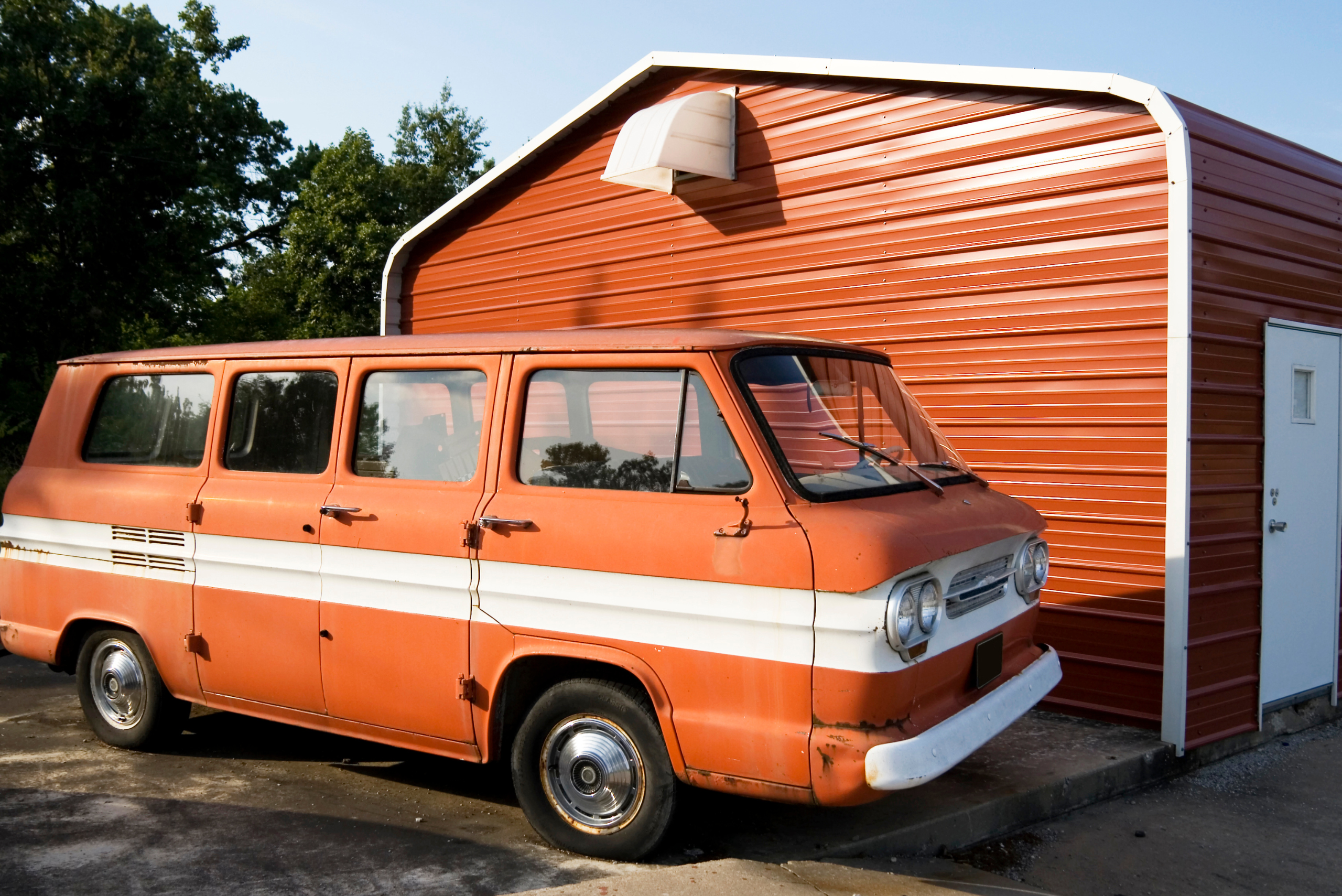
Hand tools you’ll want to have on hand include:
- Measuring tape
- Speed square
- Carpenter’s pencil
- Chisels
- Hand plane
Don’t forget about safety equipment! Always wear eye protection, hearing protection, and a dust mask when working with wood. A sturdy pair of work gloves is also recommended.
Choosing the Right Wood for Your Camper Projects
Selecting the appropriate wood for your camper van projects is crucial for durability, weight management, and aesthetics. Plywood is a popular choice for many van builders due to its strength, stability, and relatively lightweight. Baltic birch plywood is particularly well-suited for cabinetry and structural elements.
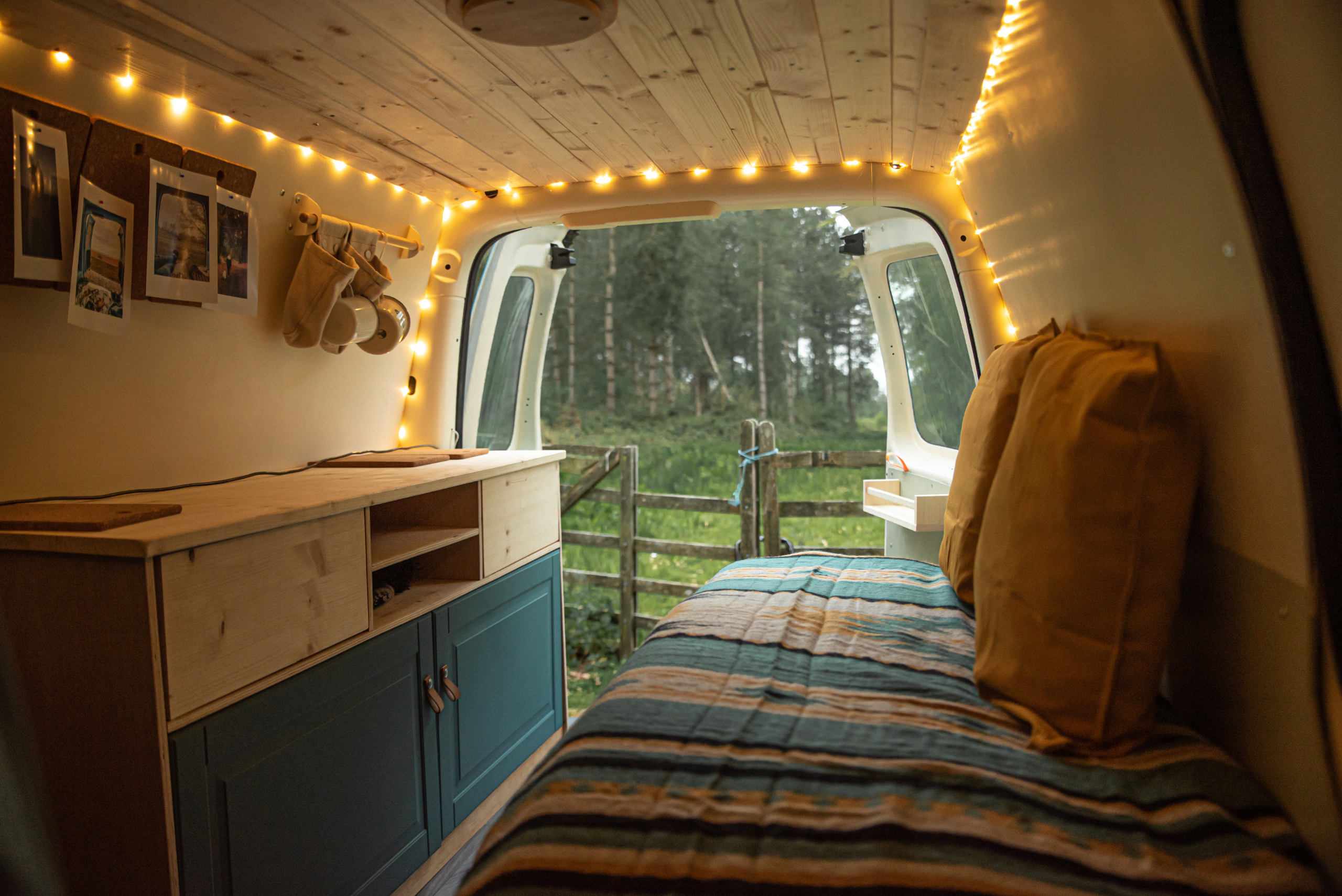
For visible surfaces and decorative elements, you might opt for solid wood. Lightweight hardwoods like poplar or ash offer a good balance of strength and weight. Cedar is naturally resistant to moisture and insects, making it a great choice for areas that might be exposed to the elements.
Whatever wood you choose, make sure it’s properly dried to prevent warping or shrinking after installation. Using a combination of plywood for structure and solid wood for visible surfaces often yields the best results in terms of both function and appearance.
Building Custom Cabinets and Storage Solutions
One of the joys of DIY van conversion is creating storage solutions that perfectly fit your space and needs. Basic cabinet construction involves building a box from plywood, adding a face frame, and attaching doors or drawers. Use pocket hole joinery or dado joints for strong, professional-looking connections.
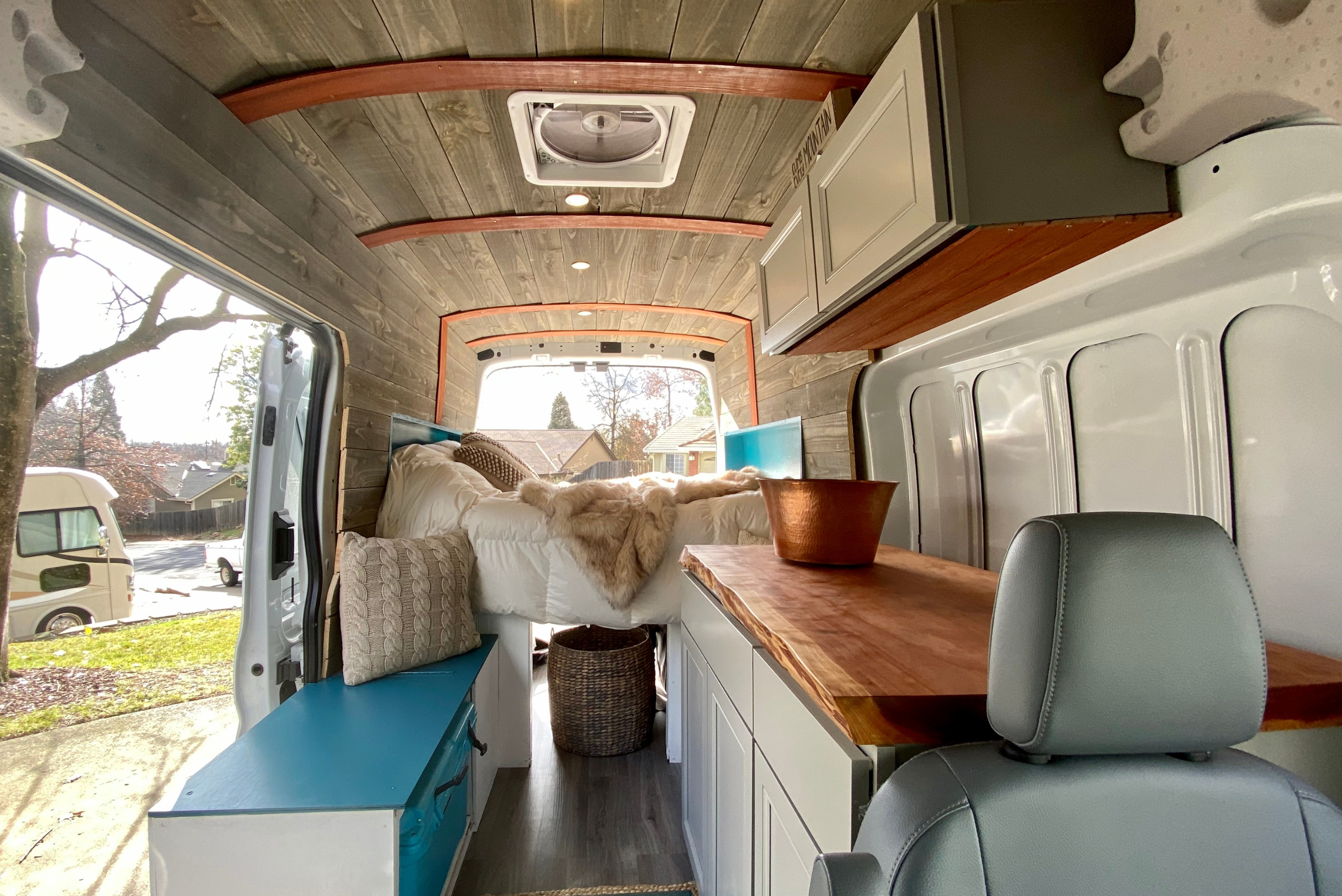
Get creative with your storage to maximize every inch of space. Consider:
- Under-bed storage drawers
- Overhead cabinets
- Pull-out pantry shelves
- Hidden compartments in bench seating
When designing cabinets, remember to account for the van’s movement. Use sturdy latches to keep doors closed while driving, and consider sliding doors to save space.
Crafting Comfortable Sleeping Areas and Seating
A comfortable place to sleep and relax is essential in any camper van. Many van dwellers opt for a convertible bed/seating area to save space. This could be a platform bed that converts to a dinette or a fold-out sofa bed.
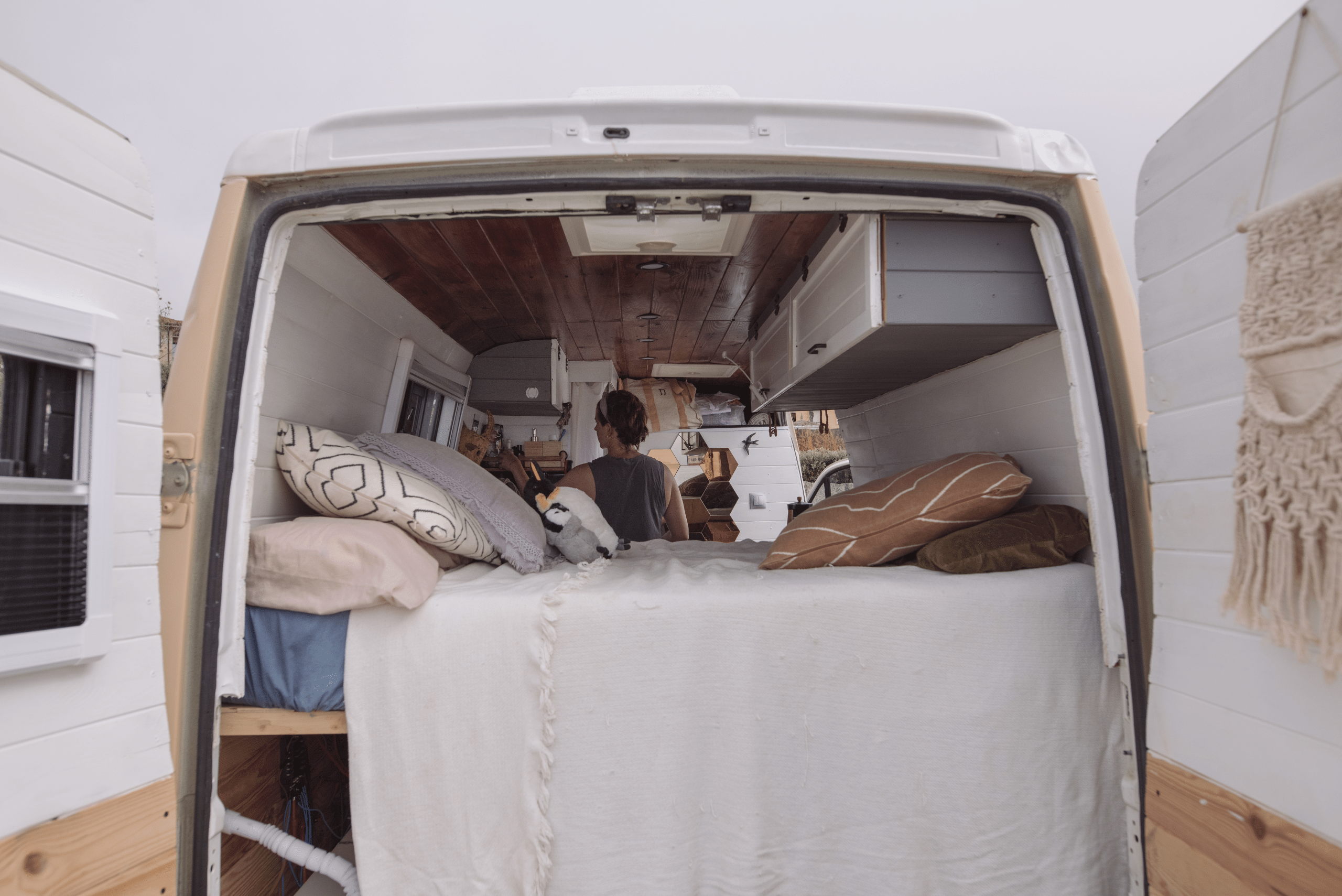
When building your sleeping area, consider these factors:
- Mattress size and thickness
- Ventilation to prevent moisture buildup
- Storage underneath the bed
- Ease of conversion between bed and seating
For seating, focus on ergonomics despite the limited space. Use foam of varying densities to create comfortable cushions and angle backrests slightly for better support. Don’t forget to include seatbelts if you plan on having passengers ride in the back of the van.
Installing Countertops and Work Surfaces
A sturdy, water-resistant countertop is crucial for food prep and other tasks. While pre-made countertops can be purchased, building your own allows for a perfect fit and unique design. Popular materials include:
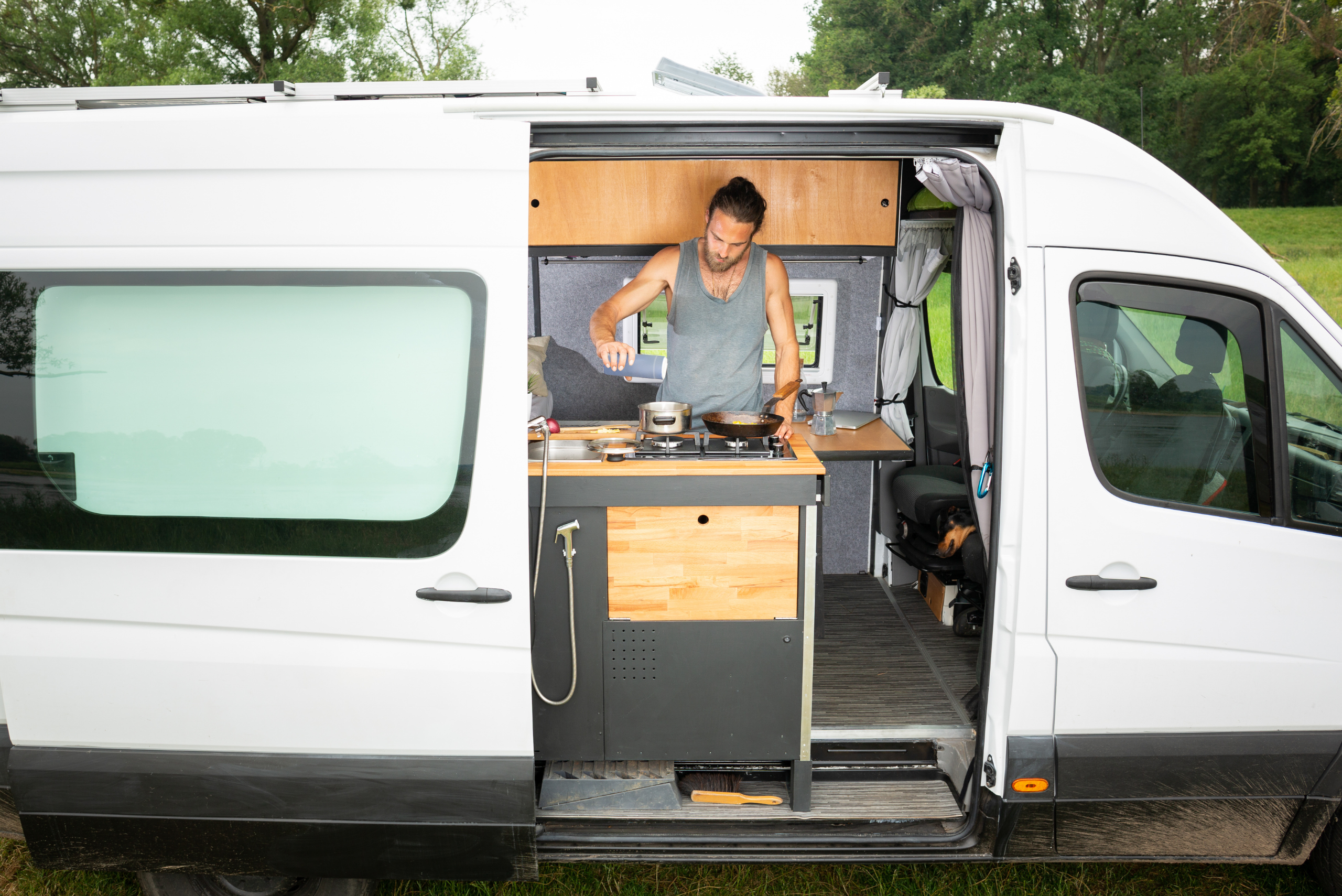
- Laminated plywood
- Butcher block
- Solid surface materials like Corian
When installing countertops, ensure they’re well-supported and securely attached to withstand the vibrations of driving. Use silicone caulk to seal any gaps and prevent water infiltration. Consider adding a slight lip around the edge to prevent items from sliding off while in motion.
Adding Finishing Touches and Personal Style
The final step in your van woodworking journey is adding those personal touches that make your camper truly feel like home. Sand all surfaces thoroughly, progressing through finer grits for a smooth finish. Choose a stain or paint that complements your overall design aesthetic, and don’t forget to seal the wood to protect it from moisture and wear.
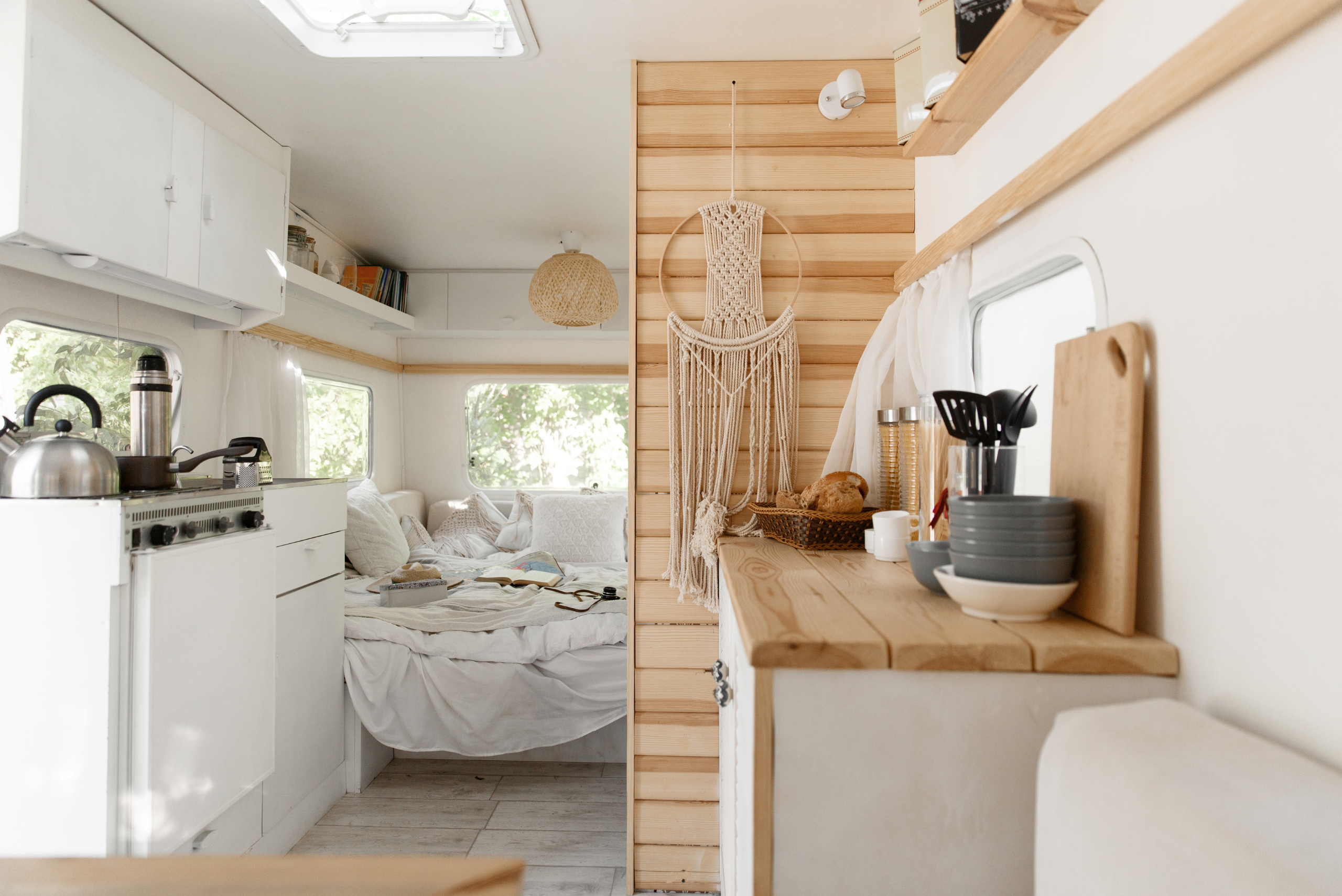
Consider adding decorative elements like:
- Carved designs or inlays
- Contrasting wood species for visual interest
- Custom handles or knobs
- Built-in mood lighting
Let your creativity shine through in these finishing touches – this is what will set your camper apart and make it uniquely yours.
Related Articles
- Must-Have Jigs You Can Build or Buy to Ensure Woodworking Precision
- Plywood Types and Uses: A Comprehensive Guide
- 5 Must-Have Power Tools For Your Woodworking Projects
Woodworking is an essential skill for any DIY van converter. With careful planning, the right tools, and a bit of patience, you can create a beautiful and functional interior that perfectly suits your needs. Remember to take your time, measure twice (or thrice!), and don’t be afraid to think outside the box when it comes to design solutions.
Ready to start your next project? Join our DIY community to receive tool tips, how-to guides, and exclusive creative insights. Subscribe to the ManMadeDIY newsletter now! Click here to unlock a world of hands-on inspiration.

